For generations, the iconic image of a goldfish swimming in a small glass bowl has been emblematic of pet ownership simplicity. Many of us grew up believing these charming orange creatures require minimal care and space to thrive. However, this widely accepted practice contradicts what science and animal welfare experts now understand about goldfish needs.
Behind their seemingly uncomplicated appearance lies a complex animal with specific requirements for health and longevity. This article explores why the traditional goldfish bowl fails to provide adequate living conditions and what responsible goldfish ownership actually entails.
The Natural History of Goldfish

Goldfish (Carassius auratus) aren’t naturally occurring fish but are the domesticated descendants of wild carp from East Asia, specifically China. Their domestication began over 1,000 years ago during the Tang Dynasty, where they were selectively bred from naturally occurring gold-colored mutations of the Prussian carp. In their natural environment, these ancestors inhabited slow-moving rivers, lakes, and ponds—expansive bodies of water that contrast dramatically with the confines of a small bowl.
Understanding this evolutionary background helps explain why goldfish physiologically require more space than commonly believed. Their bodies and systems developed to navigate and thrive in substantial bodies of water with complex ecosystems, not in isolated, stagnant environments.
The Growth Potential of Goldfish
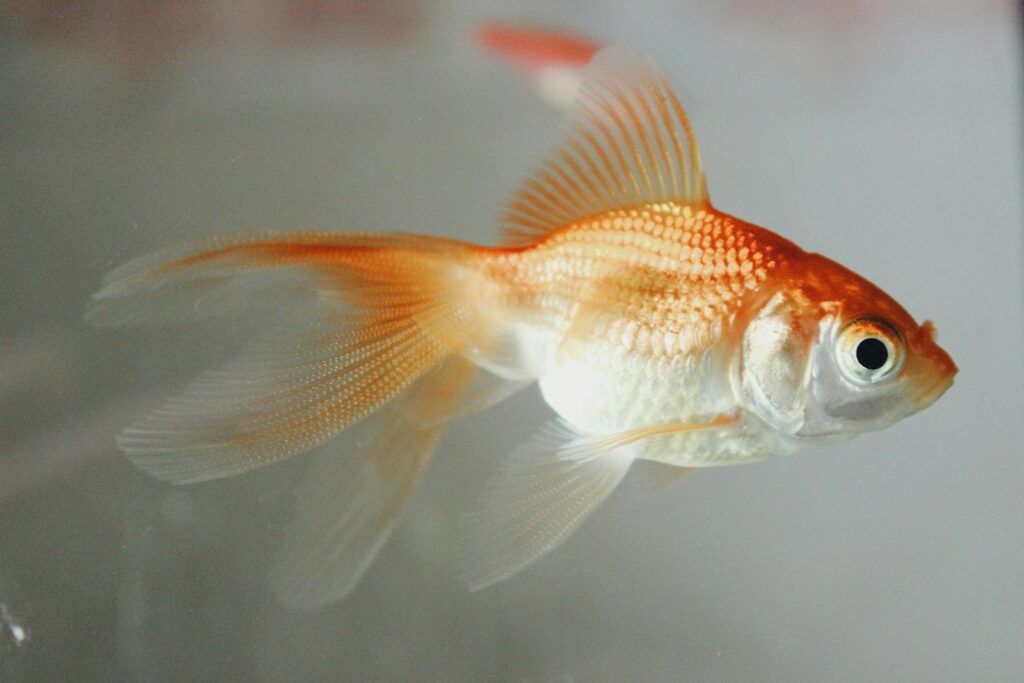
Contrary to popular belief, goldfish don’t simply grow to the size of their container. This misconception has led many to believe that keeping goldfish in small bowls is acceptable. In reality, goldfish can grow to 8-12 inches in proper conditions, with some fancy varieties reaching 6-8 inches and single-tailed varieties potentially growing even larger. When confined to small spaces, their growth becomes stunted not because they’re adapting, but because their development is being physically restricted.
This stunting isn’t a natural adaptation but rather results from poor water quality and the buildup of growth-inhibiting hormones in confined spaces. The restricted growth negatively impacts their internal organ development, skeletal structure, and overall health, significantly reducing their potential lifespan.
The Oxygen Requirement Problem

Goldfish have higher oxygen requirements than many other popular aquarium fish, making bowl environments particularly problematic. Unlike betta fish, which possess a labyrinth organ allowing them to breathe surface air, goldfish are fully dependent on dissolved oxygen in the water. The limited surface area of a bowl severely restricts oxygen exchange between the water and air. Additionally, goldfish produce significant waste, which depletes oxygen levels as bacteria break down the ammonia.
Without proper filtration systems, which bowls typically lack, oxygen depletion becomes a chronic stressor that forces goldfish to gasp at the surface—not a sign of greeting their owner, but rather a desperate attempt to survive. This constant oxygen stress can lead to long-term gill damage and increased susceptibility to disease.
The Toxic Build-Up of Waste
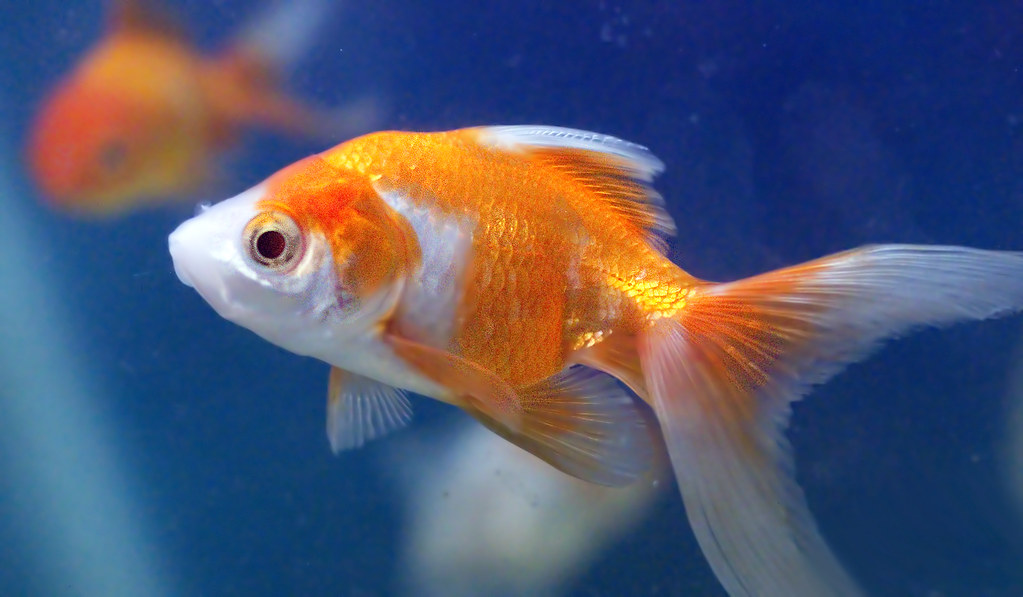
Goldfish are notoriously high waste producers, creating more ammonia than many other similarly-sized fish species. In a proper aquarium setup with filtration, this waste gets processed through the nitrogen cycle by beneficial bacteria that convert toxic ammonia to less harmful nitrates. However, goldfish bowls lack the space for adequate filtration systems and don’t have sufficient water volume to dilute waste products. Without frequent—sometimes daily—water changes, ammonia quickly reaches toxic levels in bowls.
This ammonia exposure burns the fish’s gills, damages their internal organs, and suppresses their immune system. The visible symptoms of ammonia poisoning include red, inflamed gills, lethargy, loss of appetite, and eventually death, though many bowl-kept goldfish suffer silently with sublethal ammonia exposure throughout their shortened lives.
Temperature Fluctuations and Stress

The small water volume in goldfish bowls creates dangerous temperature instability that seriously impacts goldfish health. Unlike tropical fish that require consistent warm temperatures, goldfish are temperate water fish that can tolerate a range of temperatures but require stability within that range. Small bowls heat up and cool down rapidly with ambient room temperature changes, creating temperature swings that stress the fish’s system.
Placing a bowl near a window, heater, or air conditioning vent can cause particularly dramatic temperature fluctuations. These constant changes force the goldfish’s metabolism to continually adjust, weakening their immune system over time. The resulting chronic stress makes them more susceptible to diseases that they might otherwise resist in stable conditions.
The Social Needs of Goldfish
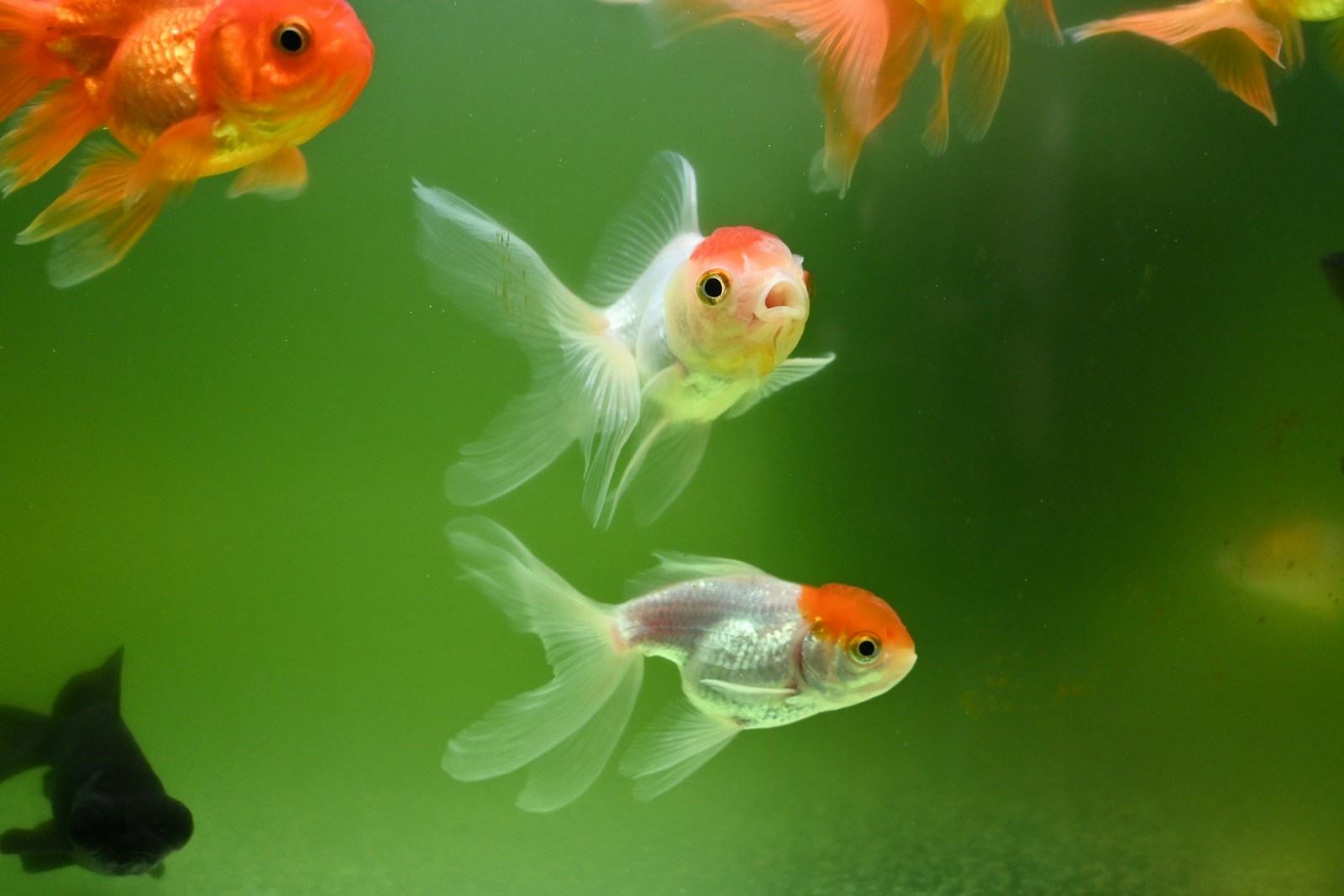
Despite their portrayal as solitary pets, goldfish are naturally social creatures that benefit from companionship. In the wild, their carp ancestors live in groups, and domesticated goldfish have retained this social nature. When kept alone in bowls, goldfish are deprived of important social interactions that contribute to their behavioral health. They recognize other fish and even their human caretakers, showing signs of what some researchers interpret as happiness when in compatible groups.
Properly housed goldfish will display social behaviors like following each other, foraging together, and sometimes even appearing to play. The isolation of bowl life, combined with its other stressors, deprives goldfish of these enriching social behaviors, leading to what some aquarists describe as the fish equivalent of depression.
The Intellectual Capacity of Goldfish
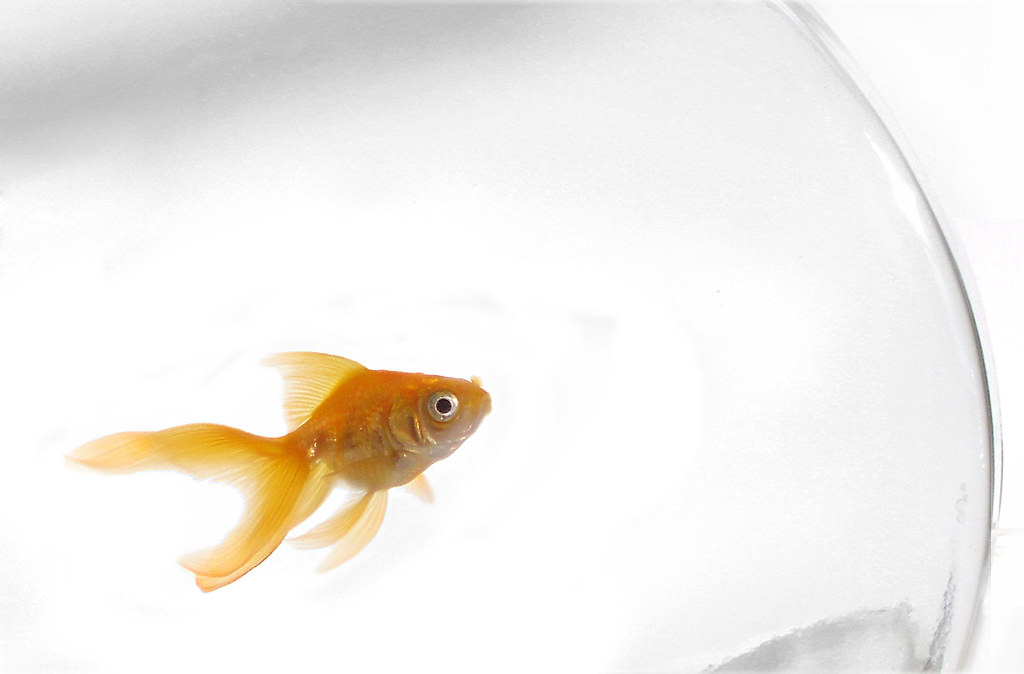
The phrase “goldfish memory” has perpetuated the myth that these fish are unintelligent creatures with three-second memories, but scientific research thoroughly debunks this misconception. Studies have demonstrated that goldfish can remember things for months, recognize individuals, learn relatively complex tasks, and even be trained to respond to specific signals. They can navigate mazes, distinguish between different shapes and colors, and even tell time to a certain extent—learning when feeding occurs and anticipating it.
This cognitive capacity means goldfish require mental stimulation and environmental enrichment that small, barren bowls simply cannot provide. The lack of space for exploration, absence of objects to investigate, and inability to express natural behaviors in bowls leads to cognitive stagnation in these surprisingly intelligent animals.
Proper Housing Requirements
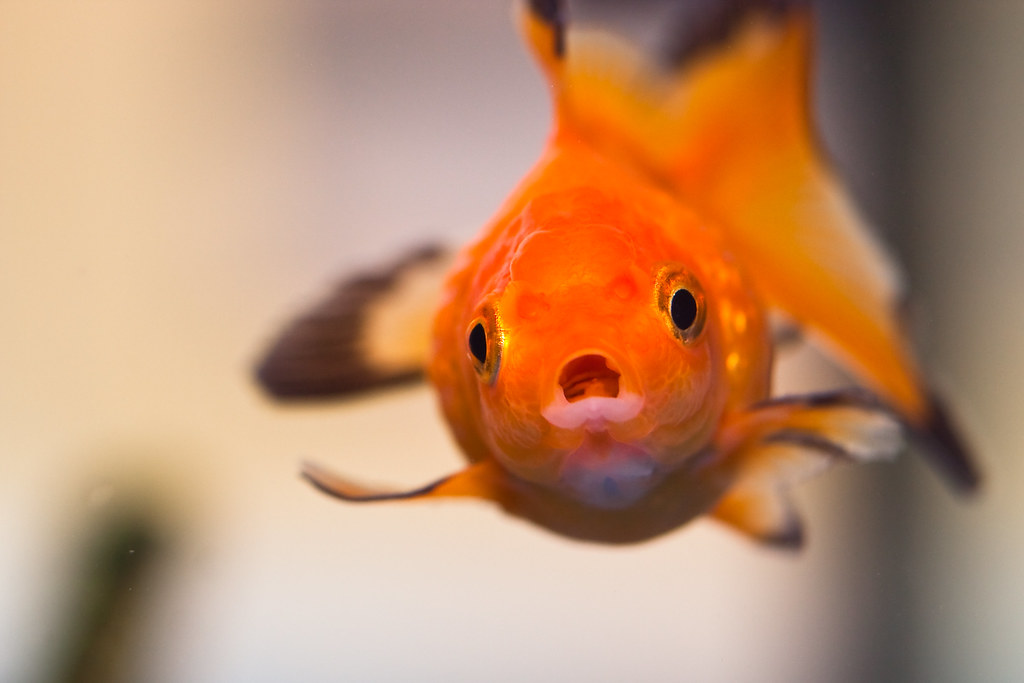
Appropriate goldfish housing starts with adequate space—at least 20 gallons for the first goldfish and an additional 10 gallons for each additional fish for fancy varieties, while single-tailed varieties need even more room. This size requirement isn’t arbitrary but based on the space needed for proper swimming, waste dilution, and stable water parameters. A proper goldfish tank requires a robust filtration system, typically rated for tanks twice the actual size to handle their significant bioload.
The aquarium should include appropriate substrate (large, smooth gravel or sand that won’t be accidentally ingested), secure decorations that won’t trap the fish, and potentially live plants (though many goldfish will eat them). Most importantly, the tank needs regular maintenance including partial water changes and water testing to ensure ammonia, nitrite, and nitrate levels remain safe.
The Lifespan Difference
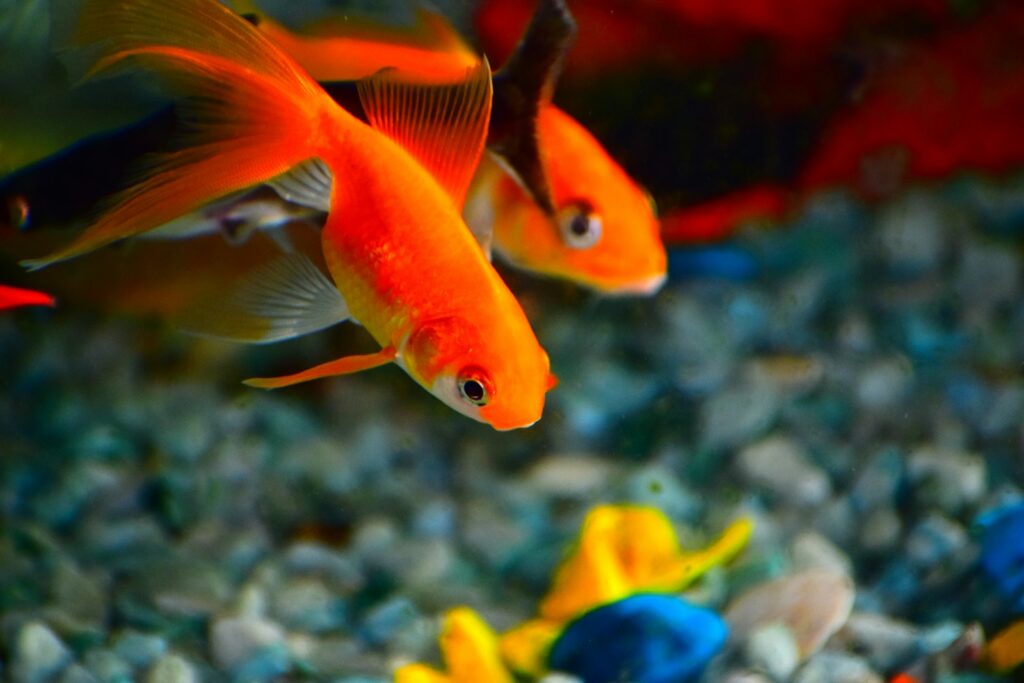
The dramatic difference in potential lifespan between bowl-kept and properly housed goldfish reveals the true impact of inadequate housing. In typical bowl conditions, goldfish often survive only a few months to a year—a fact so common that many people believe this is their natural lifespan. However, properly kept goldfish commonly live 10-15 years, with some individuals reaching 20 years or more in optimal conditions. The oldest recorded goldfish lived to 43 years of age, demonstrating their remarkable longevity potential.
This vast discrepancy isn’t due to natural variation but reflects the cumulative damage of chronic stress, poor water quality, inadequate nutrition, and restricted movement that bowl-kept fish endure. Each goldfish death in a bowl represents a life cut drastically short by inappropriate housing.
Legal and Ethical Considerations
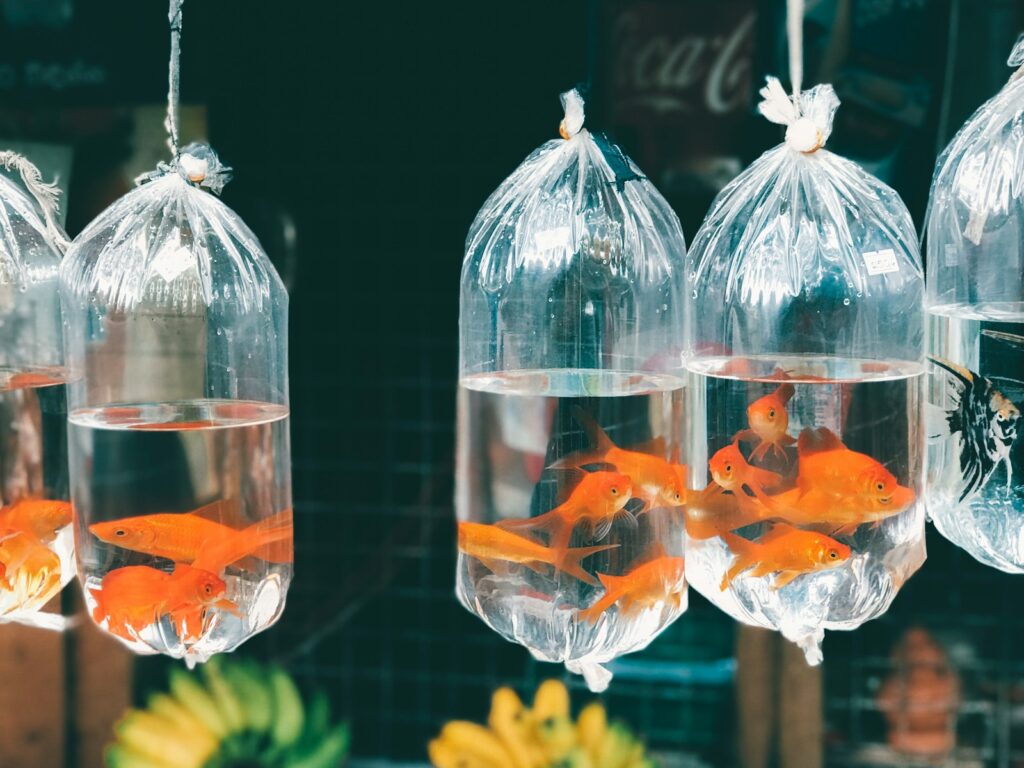
The practice of keeping goldfish in bowls has faced increasing scrutiny from animal welfare organizations and has even been banned in several countries. Nations including Italy, Germany, and Switzerland have enacted specific legislation prohibiting keeping goldfish in bowls, recognizing this practice as a form of animal cruelty. These laws acknowledge the scientific evidence showing that bowls cannot meet the basic welfare requirements of goldfish. Even in countries without specific prohibitions, general animal welfare laws could potentially apply to severely inadequate goldfish care.
Beyond legal considerations, the ethical question remains: if we know an animal suffers and dies prematurely in certain conditions, do we have a moral obligation to provide better care? The growing consensus among aquatics experts suggests that responsible pet ownership means meeting an animal’s actual needs, not just its minimum survival requirements.
Transitioning From Bowl to Tank
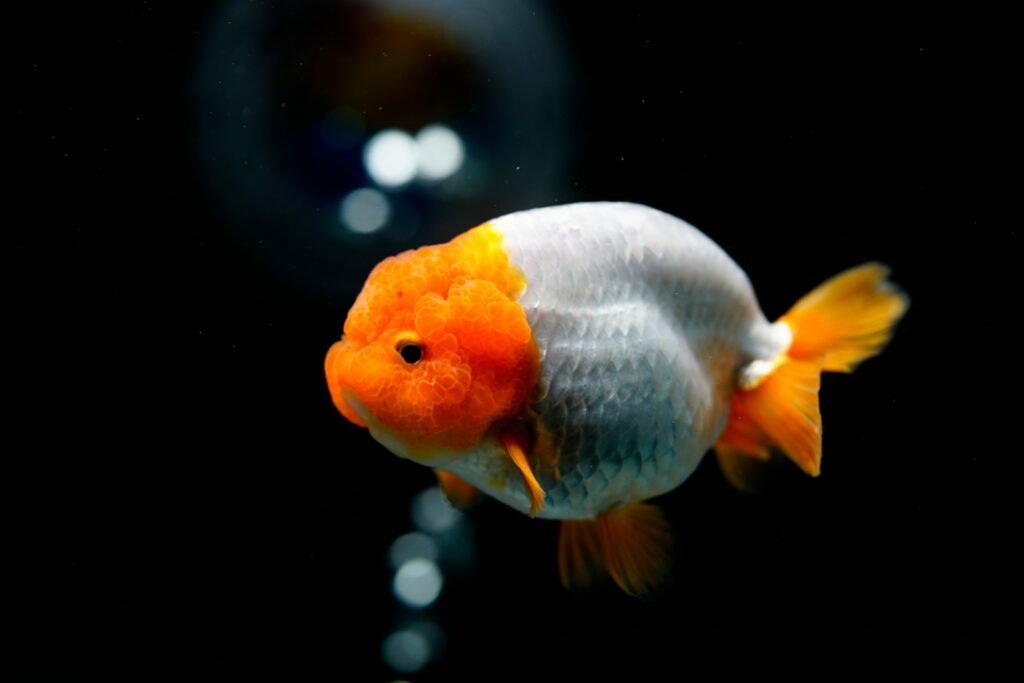
For those who already have goldfish in bowls, transitioning to proper housing requires careful planning to avoid shocking the fish with sudden environmental changes. The process should begin with purchasing an appropriately sized aquarium and establishing its nitrogen cycle before adding the fish—a process that typically takes 4-6 weeks as beneficial bacteria colonies develop in the filter media. During this transition period, more frequent water changes in the bowl can help improve conditions temporarily.
When moving the fish to their new home, temperature matching and acclimation procedures similar to those used when introducing new fish should be followed. After the transition, bowl-kept goldfish often show remarkable recovery and growth, with increased activity levels, improved coloration, and more interactive behaviors emerging as they experience appropriate living conditions for perhaps the first time.
Alternatives for Space-Limited Situations

For those with genuine space limitations who still wish to keep fish, several more suitable alternatives exist than keeping goldfish in bowls. Betta fish, while still requiring proper care and filtration, can thrive in smaller setups of at least 5 gallons with appropriate heating. Small schooling species like celestial pearl danios or chili rasboras can create vibrant communities in 10-gallon tanks. For those truly limited to desktop-sized aquariums, freshwater shrimp colonies or snail species can provide fascinating aquatic displays that respect the animals’ needs.
Another option is to enjoy public aquariums where you can appreciate goldfish and other aquatic species without the responsibility of providing their care. The most responsible choice for space-limited situations might be to postpone fish keeping until adequate space and resources become available rather than compromising an animal’s welfare.
The Future of Goldfish Keeping
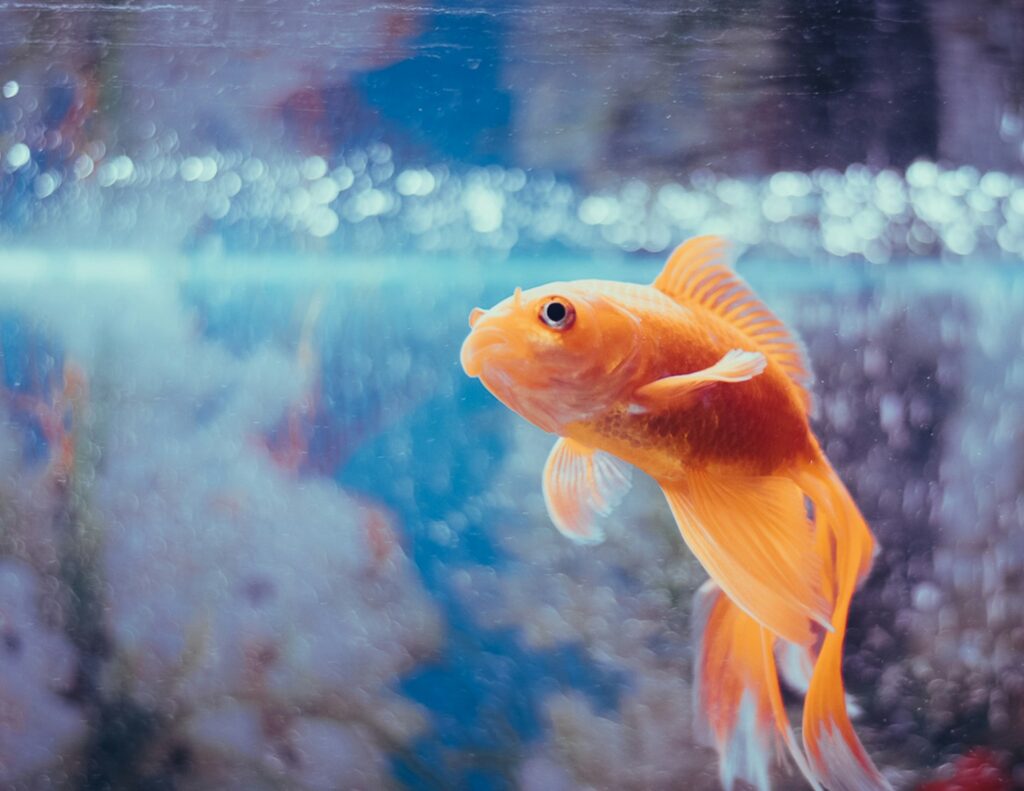
The aquatics hobby is evolving toward more welfare-conscious practices as research continues to reveal the complex needs of fish species. Modern goldfish keeping increasingly focuses on creating environments that allow these fish to express their natural behaviors and reach their full potential. Aquascaped goldfish ponds and large, planted aquariums designed specifically for goldfish are gaining popularity among enthusiasts. Educational initiatives by responsible pet stores, aquarium clubs, and online communities are helping spread accurate information about goldfish care requirements.
As this knowledge becomes more mainstream, the image of the goldfish in a bowl will hopefully fade from popular culture, replaced by the understanding that these remarkable fish deserve environments where they can truly thrive rather than merely survive. The future of responsible goldfish keeping lies in appreciating these animals for what they truly are—intelligent, social creatures with specific needs and impressive capabilities.
Conclusion
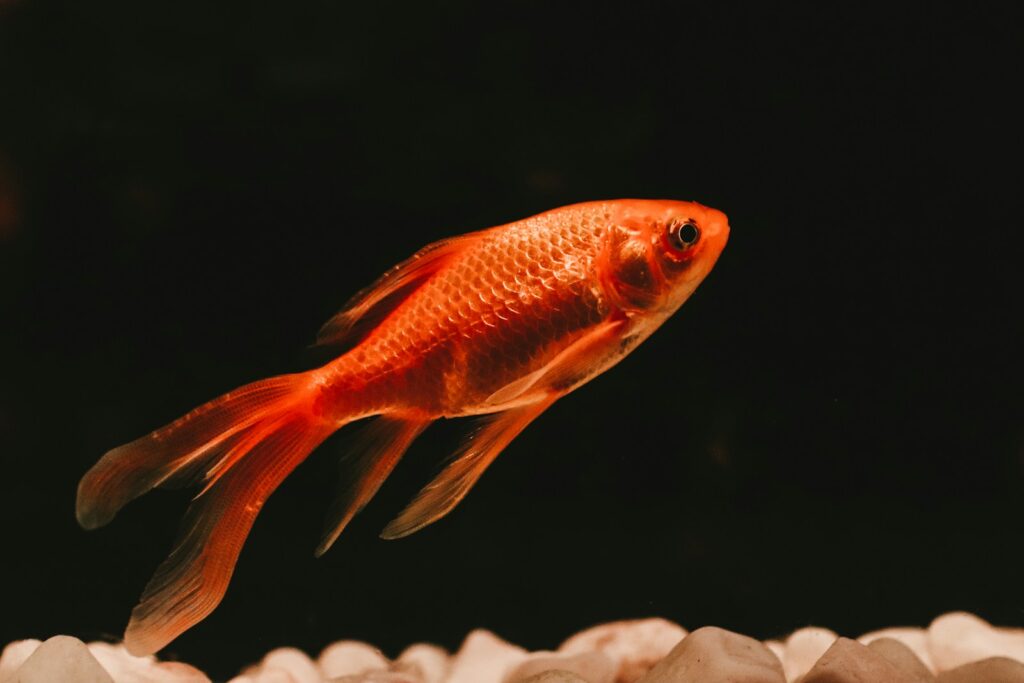
The persistent myth of the goldfish bowl represents one of the most widespread and accepted forms of unintentional pet mistreatment in modern society. As we’ve discovered, goldfish are complex animals with substantial space requirements, social needs, and surprising cognitive abilities. The bowl environment fails to provide adequate oxygen, stable temperatures, waste management, and mental stimulation—all essential elements for goldfish health.
By understanding the true needs of these popular pets and providing appropriate housing, we can transform the goldfish experience from one of shortened, stressed existence to potentially decades of vibrant, interactive companionship. The next time you encounter the image of a goldfish in a bowl, remember that this iconic but outdated symbol represents not simplicity, but a profound misunderstanding of what these remarkable animals truly need to flourish.

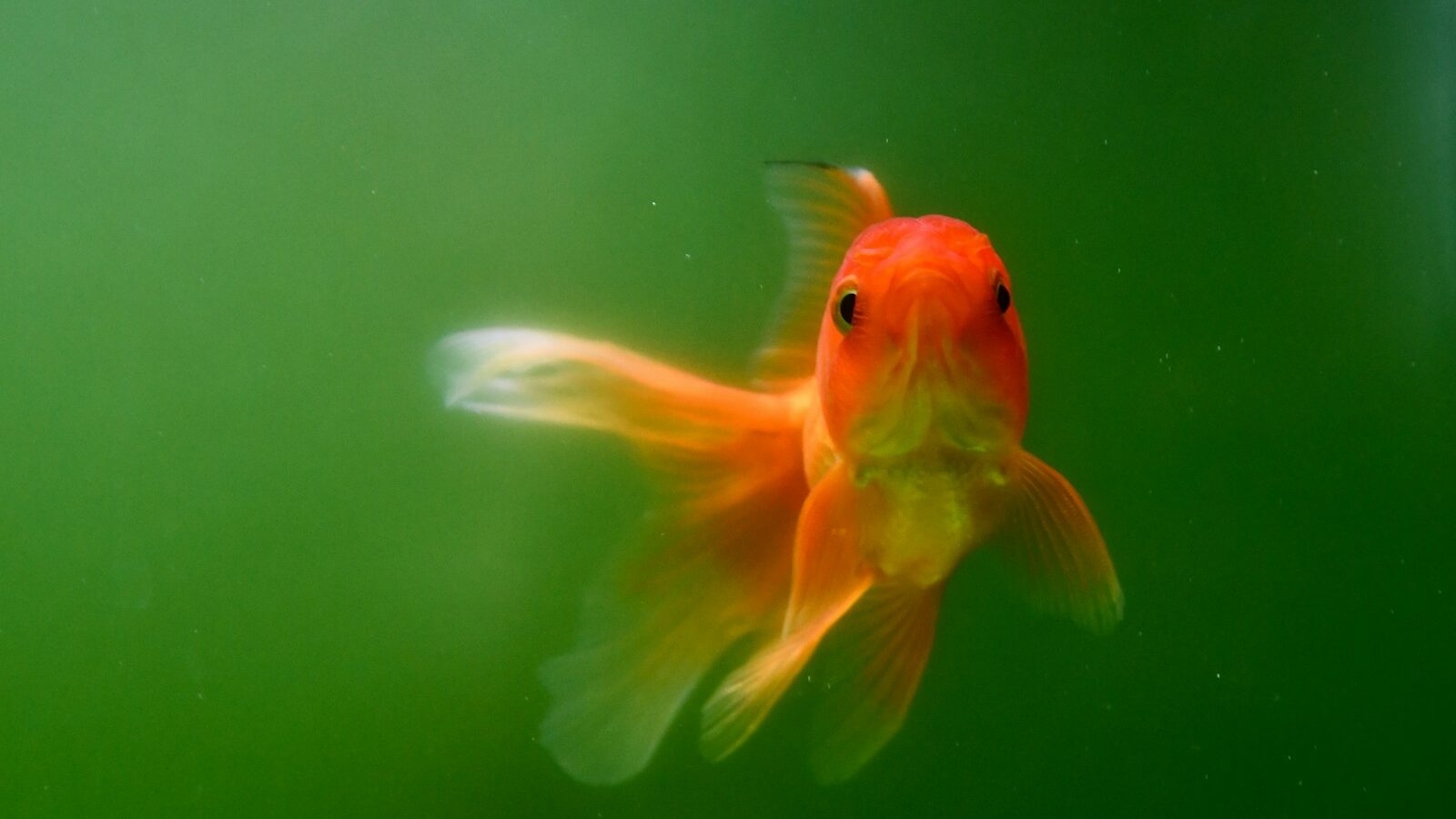

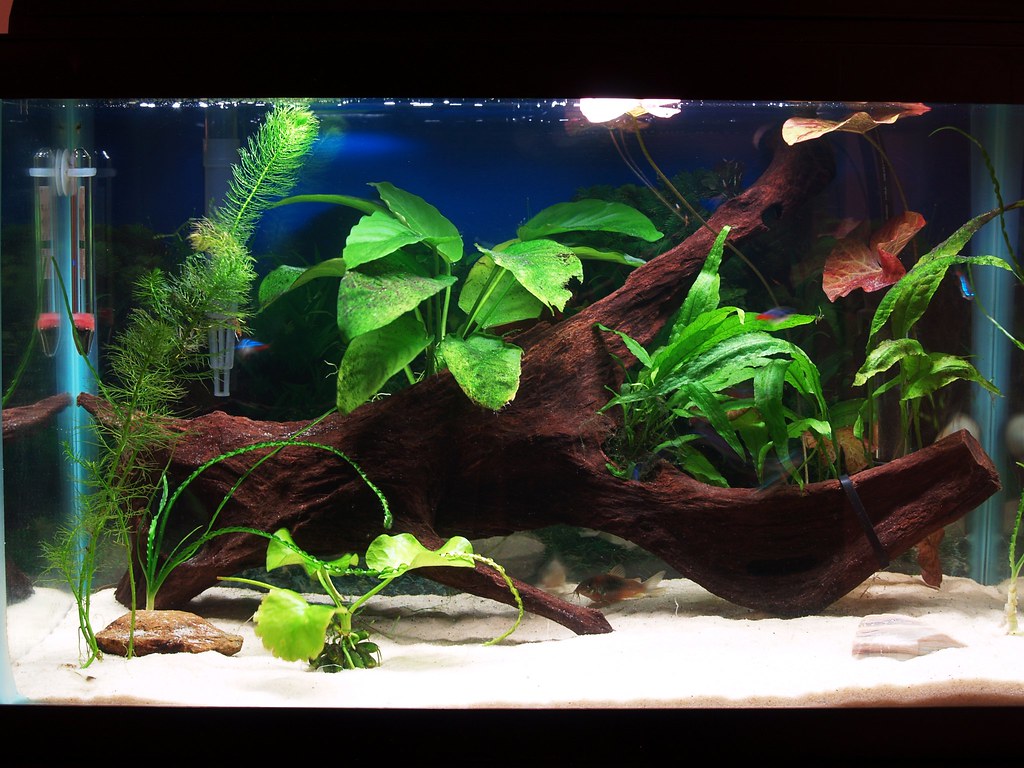
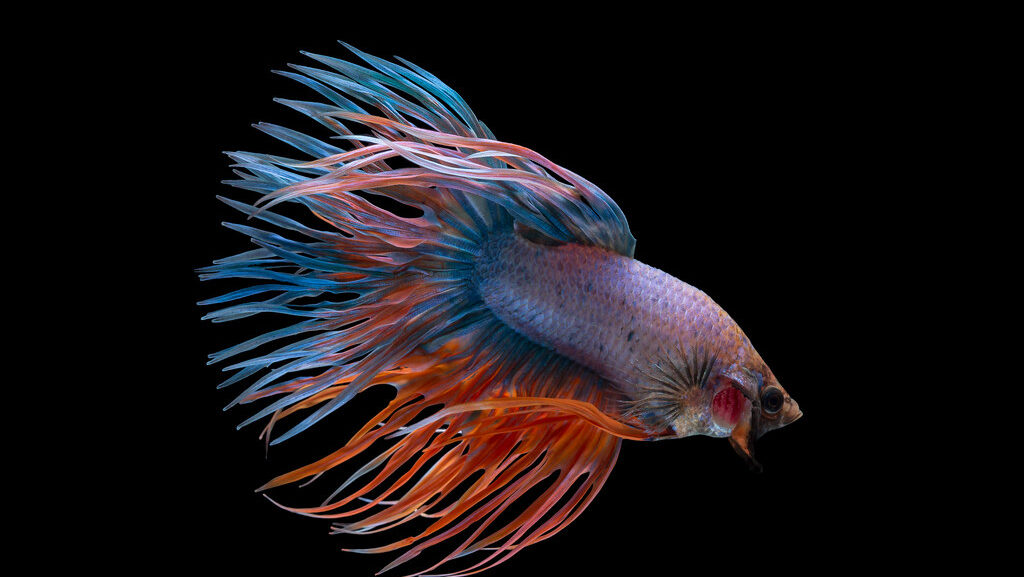
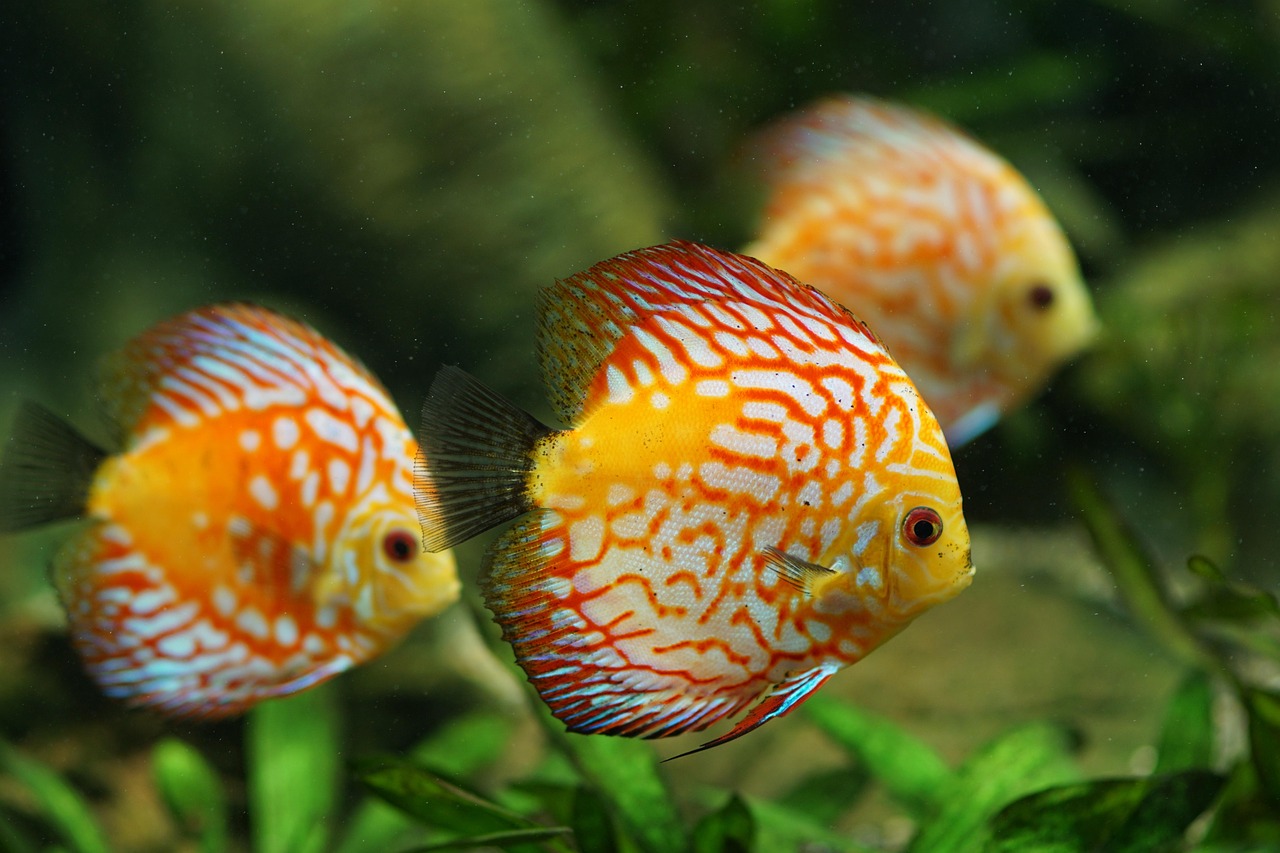
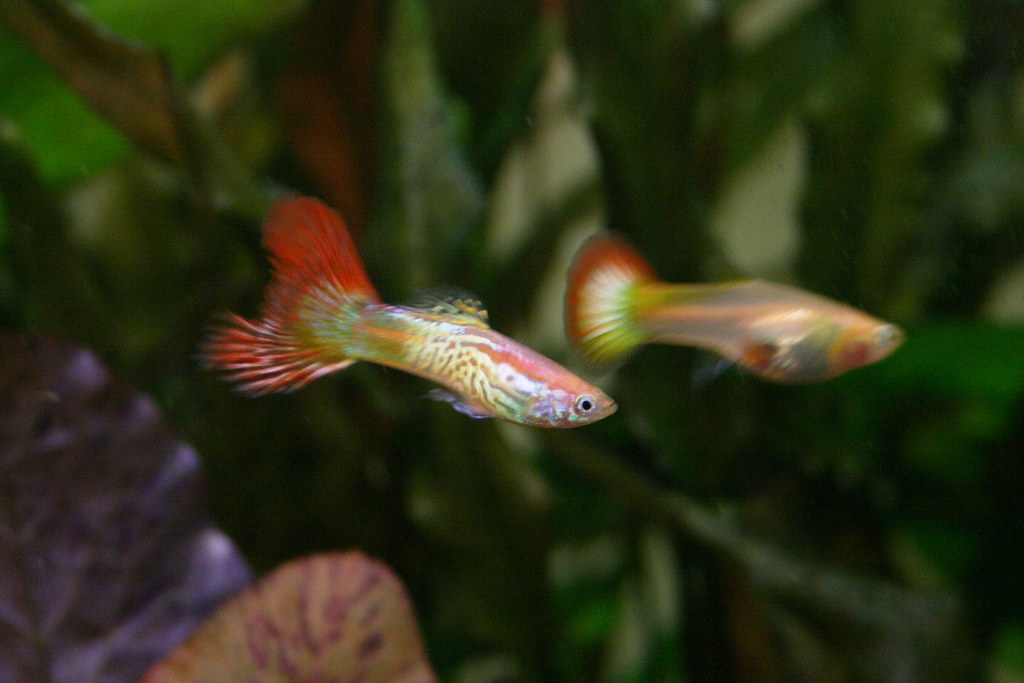
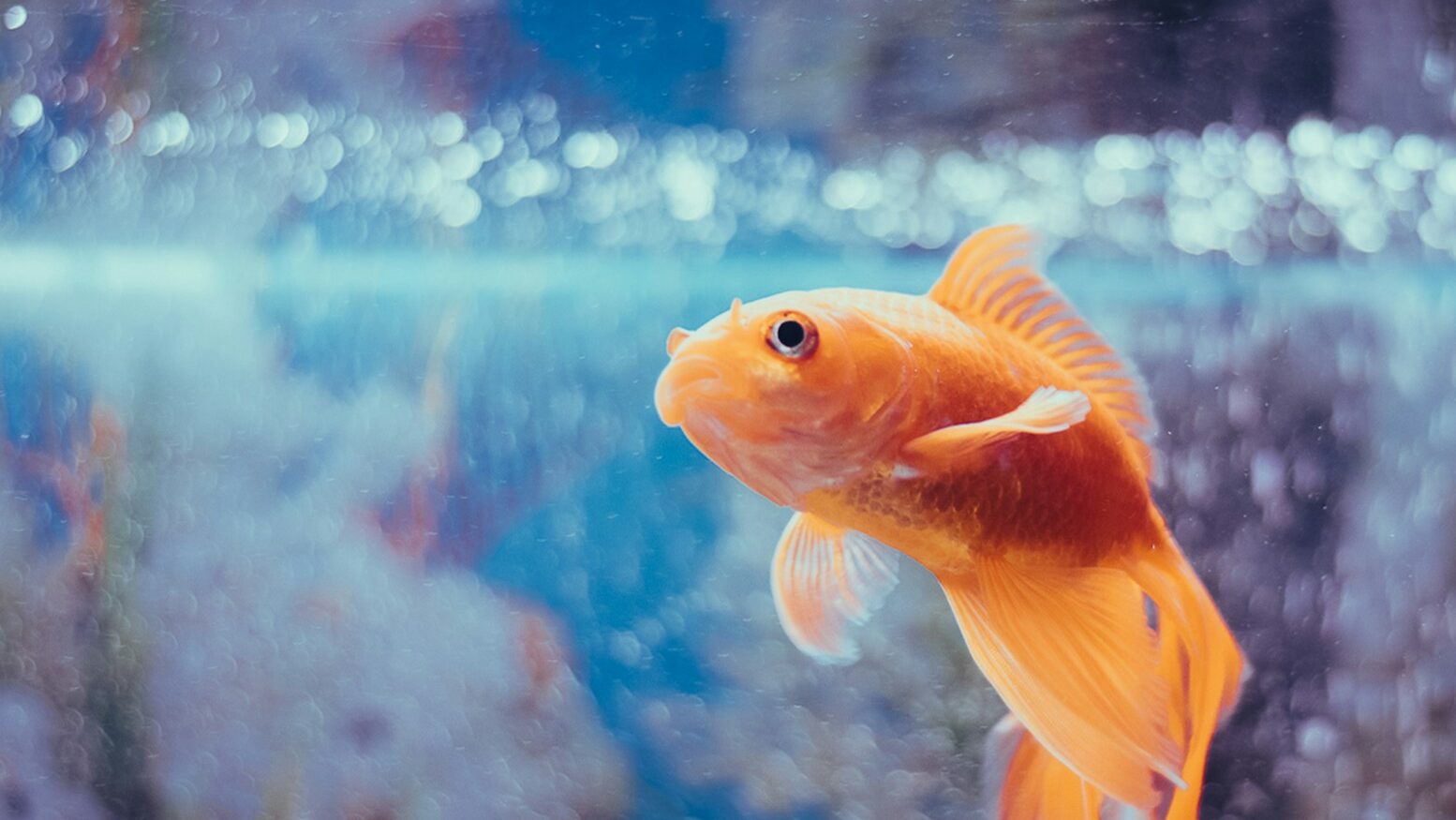
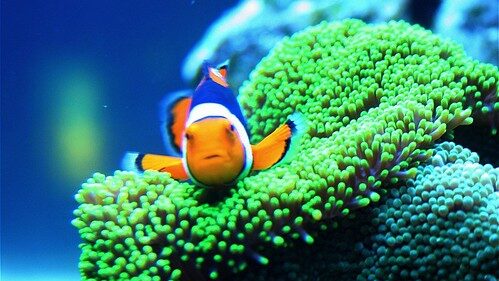



Leave a Reply